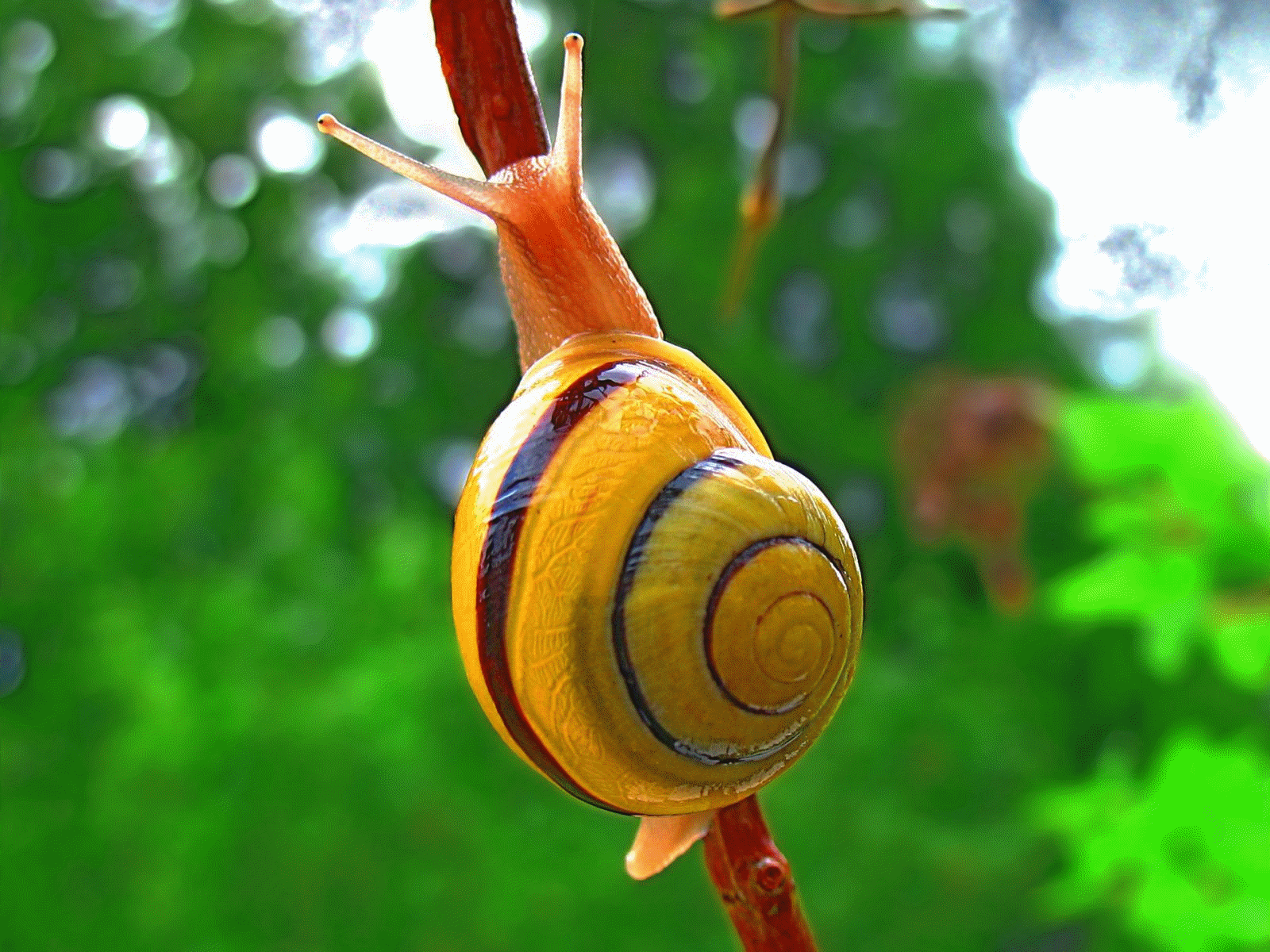 Snails show hermaphroditism
Self–fertilization (also known as autogamy) occurs in hermaphroditic organisms where the two gametes fused in fertilization come from the same individual. Self–fertilization is the most extreme form of inbreeding which is the most characteristic feature of hermaphroditic animals like earthworms, including freshwater snails
Snails show hermaphroditism
Self–fertilization (also known as autogamy) occurs in hermaphroditic organisms where the two gametes fused in fertilization come from the same individual. Self–fertilization is the most extreme form of inbreeding which is the most characteristic feature of hermaphroditic animals like earthworms, including freshwater snails Sexual reproduction is a biological process by which organisms create descendants that have a combination of genetic material contributed from two different members of the species.
The reproductive systems are varied and the most complex reproductive systems contain many sets of accessory tubes and glands that carry, nourish and protect the gametes and the developing embryos. The parent organisms contribute the offspring's genetic makeup by creating haploid gametes. Most of the organisms called anisogamous species form two different types of gametes and in these species, the two sexes are referred to as male (producing sperm or microspores) and female (producing ova or megaspores). However in isogamous species the gametes are similar or identical in form, but may have separable properties and then may be given other different names. For example, in the green algae, there are so–called "plus" and "minus" gametes. A few types of organisms, such as ciliates, have more than two kinds of gametes.
Most animals (including humans) and plants reproduce sexually. Allogamy is a term used in the field of biological reproduction describing the fertilization of an ovum from one individual with the spermatozoa of another. Self–fertilization (also known as autogamy) occurs in hermaphroditic organisms where the two gametes fused in fertilization come from the same individual. Self–fertilization is the most extreme form of inbreeding which is the most characteristic of some flowering plants and hermaphroditic animals, including freshwater snails.